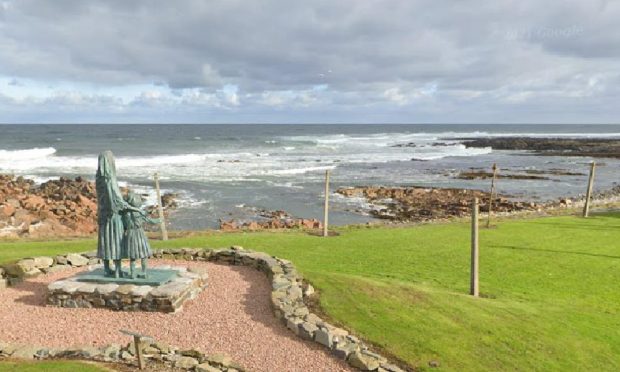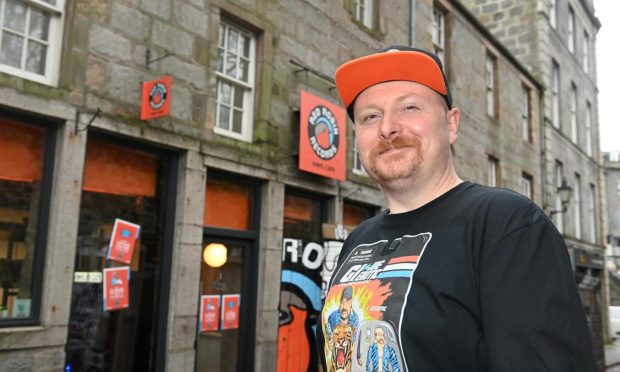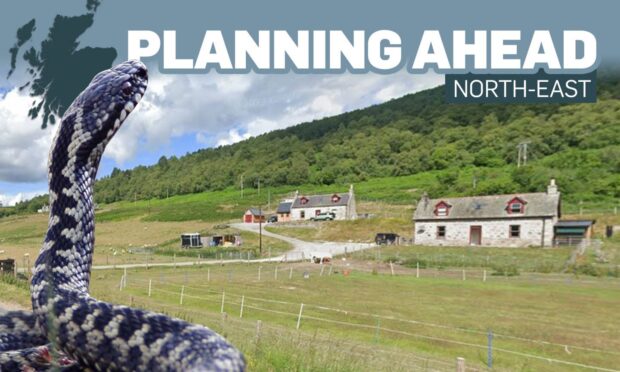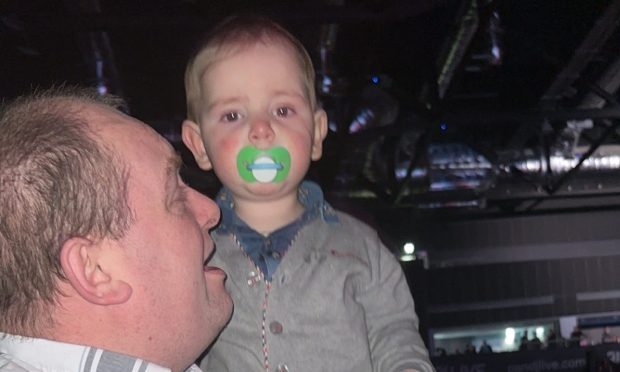A north-east scientist has revealed how she turned to an unlikely source of inspiration while working for her PhD – superstar rapper Jay Z.
While many academics carefully select a thought-provoking quotation from a leading figure in their field of study to set the tone on the front page of their thesis, Nikki Cassie went down a different route.
The 29-year-old former Cults Academy pupil opted to kick-off her 70,000-word report with a lyric from a man more associated with bling, Beyonce and Brooklyn than biomedical science.
“Difficult takes a day, impossible takes a week,” were the first words on Ms Cassie’s paper, which investigated whether obesity could be tackled by naturally manipulating food to make people feel full after eating.
The line was taken from a Jay Z rap on the remix of Kanye West’s hit single Diamonds from Sierra Leone.
Ms Cassie, who was awarded a PhD last month, revealed how the sentiment had inspired her during her four-and-a-half years of research at the Rowett Institute of Nutrition and Health in the Granite City.
“I chose it because nothing is impossible in science,” she said.
“We can easily do today what we never thought we could achieve in the past, and this makes me excited about everything we will do tomorrow.”
The title of Ms Cassie’s PhD was: “The impact of macronutrient content and food structure on the gut-brain axis in the regulation of satiety”.
She was part of a multidisciplinary project across Europe, funded by the EU, and aimed to understand how food composition and hunger bring about the feeling of being full, and whether that could be exploited to address the obesity epidemic.
This research found that a possible route to obesity treatment could be the natural manipulation of food form to feel fuller on fewer calories by targeting both the GI tract and the regions of the brain responsible for metabolic control.










